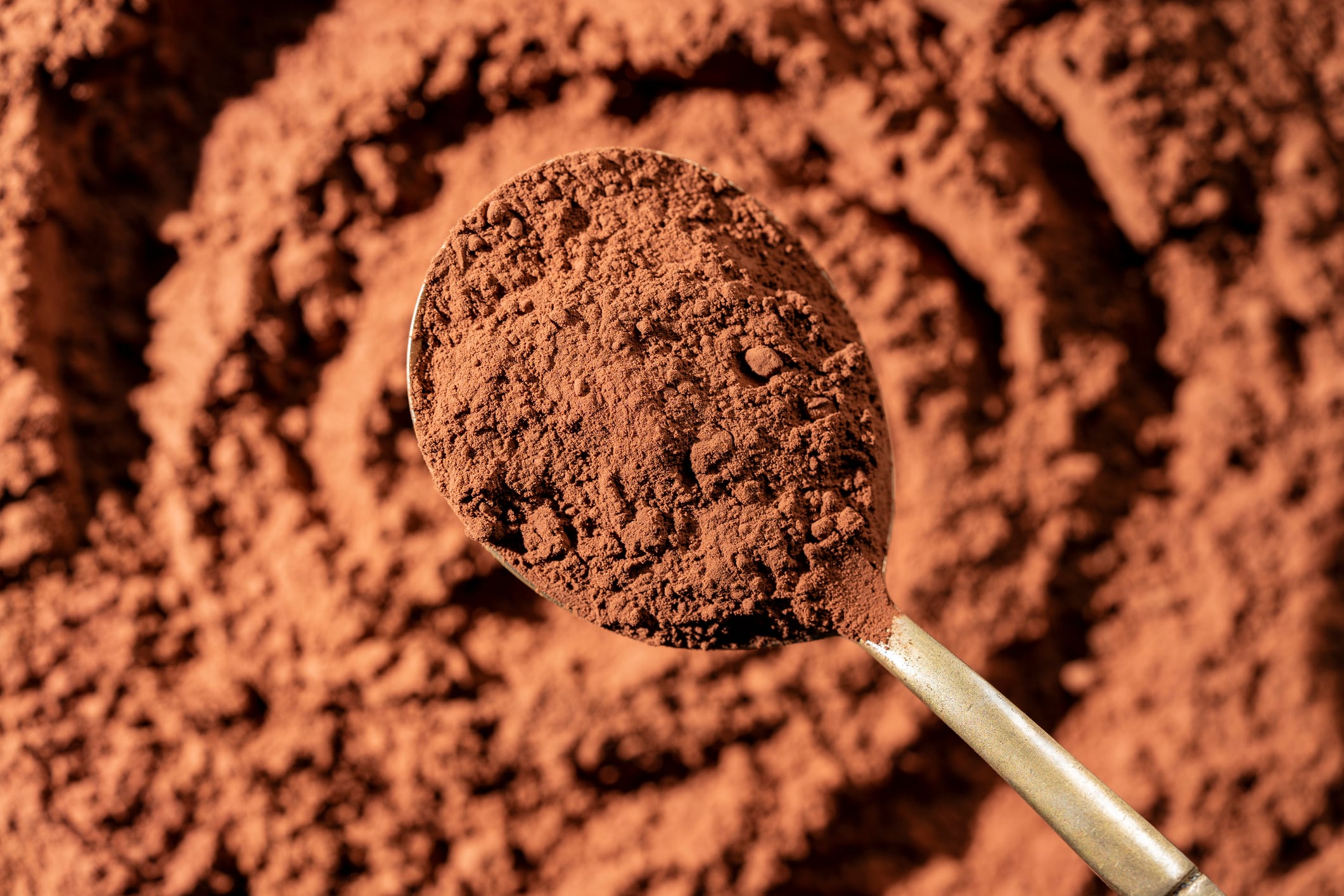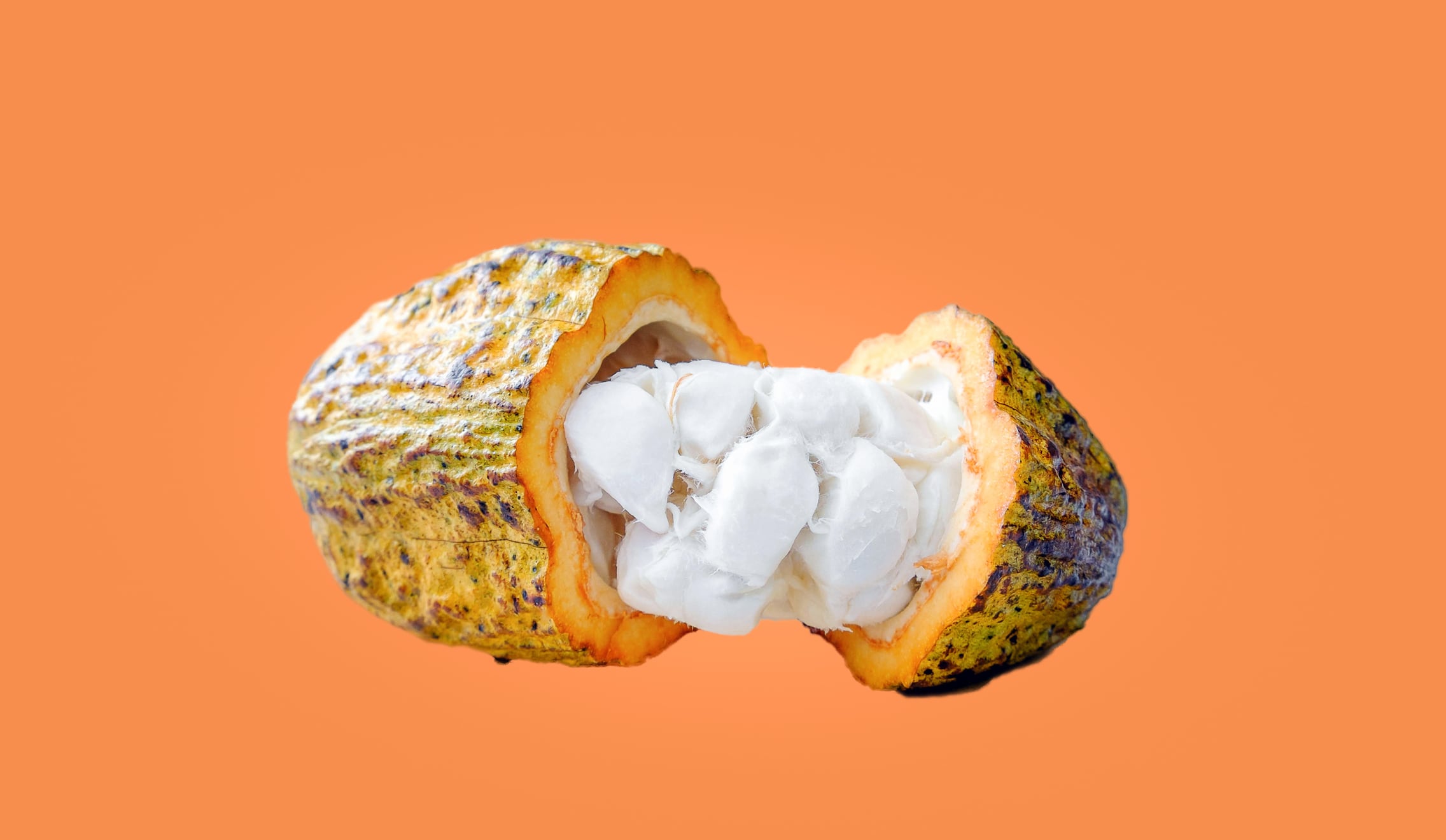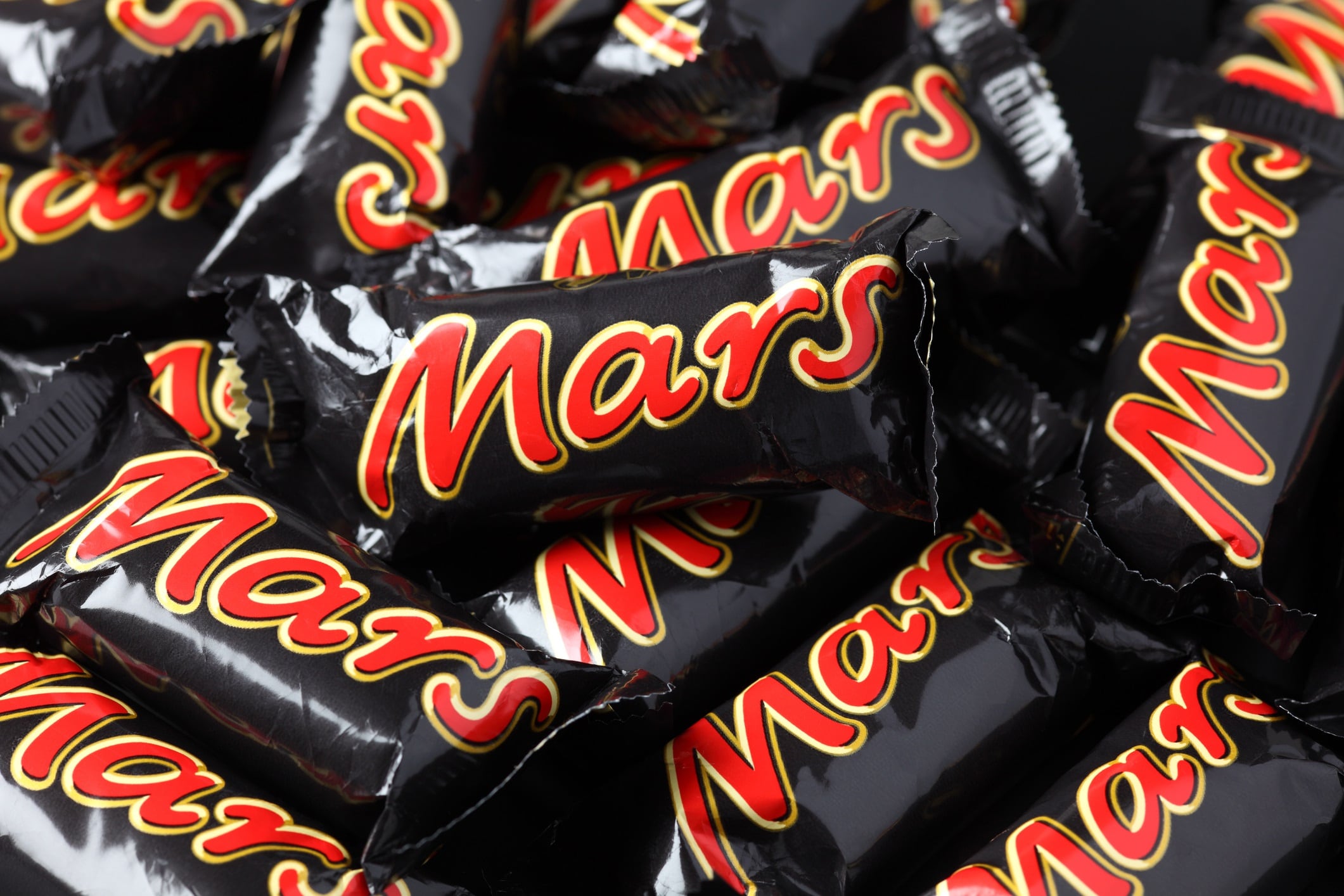What is Betta Choc and how does it compare to cocoa?
- Betta Choc is a cocoa-free chocolate made from date seeds
- It mimics cocoa’s taste and mood-boosting theobromine compound
- One major multinational replaced 70–80% of cocoa with Betta Choc
- Born Maverick aims for price parity and full functionality in chocolate
- Sustainability matters but affordability drives consumer purchasing decisions
While the traditional cocoa sector struggles with supply shortages and soaring prices, food innovators are pushing an increasing number of cocoa-free chocolate offerings through R&D pipelines.
But cocoa alternatives – commonly made with carob alongside other ingredients – are missing that “special something”. “Why do people eat chocolate?” asks Azhar Murtuza, biotech engineer and founder of food tech start-up Born Maverick Food Innovation. “It’s to get that aphrodisiac feeling – that ‘feel-good factor’.”
With the inclusion of theobromine, an alkaloid known to boost mood, Murtuza says his new cocoa-free ingredient stands out from the crowd.
No cocoa, no carob: How Betta Choc differs
Born Maverick has coined its cocoa alternative Betta Choc. The ingredient pushes cocoa alternatives closer to the real thing, believes Murtuza. Using the right ingredients and importantly, the right processes, the alternative aims to match conventional cocoa on both aromatics and compound levels – including theobromine.
What is theobromine?
- Theobromine is an alkaloid naturally found in cacao beans.
- Like caffeine, it acts as a stimulant, but the effects are less potent and longer-lasting.
- It's thought to have beneficial effects on mood, as well as cardiovascular health.
- It's also known for its antioxidant and anti-inflammatory properties.
So which ingredients are used and how is it made?
The alt choc’s primary ingredient is date seeds – a by-product of date production. According to Murtuza, the Middle East, which exports the most dates in the world, discards around two million tonnes of date seeds every year. By partnering with date producers, Murtuza hopes to cut this waste and create value for this otherwise wasted side stream – even more value than the date fruit itself.
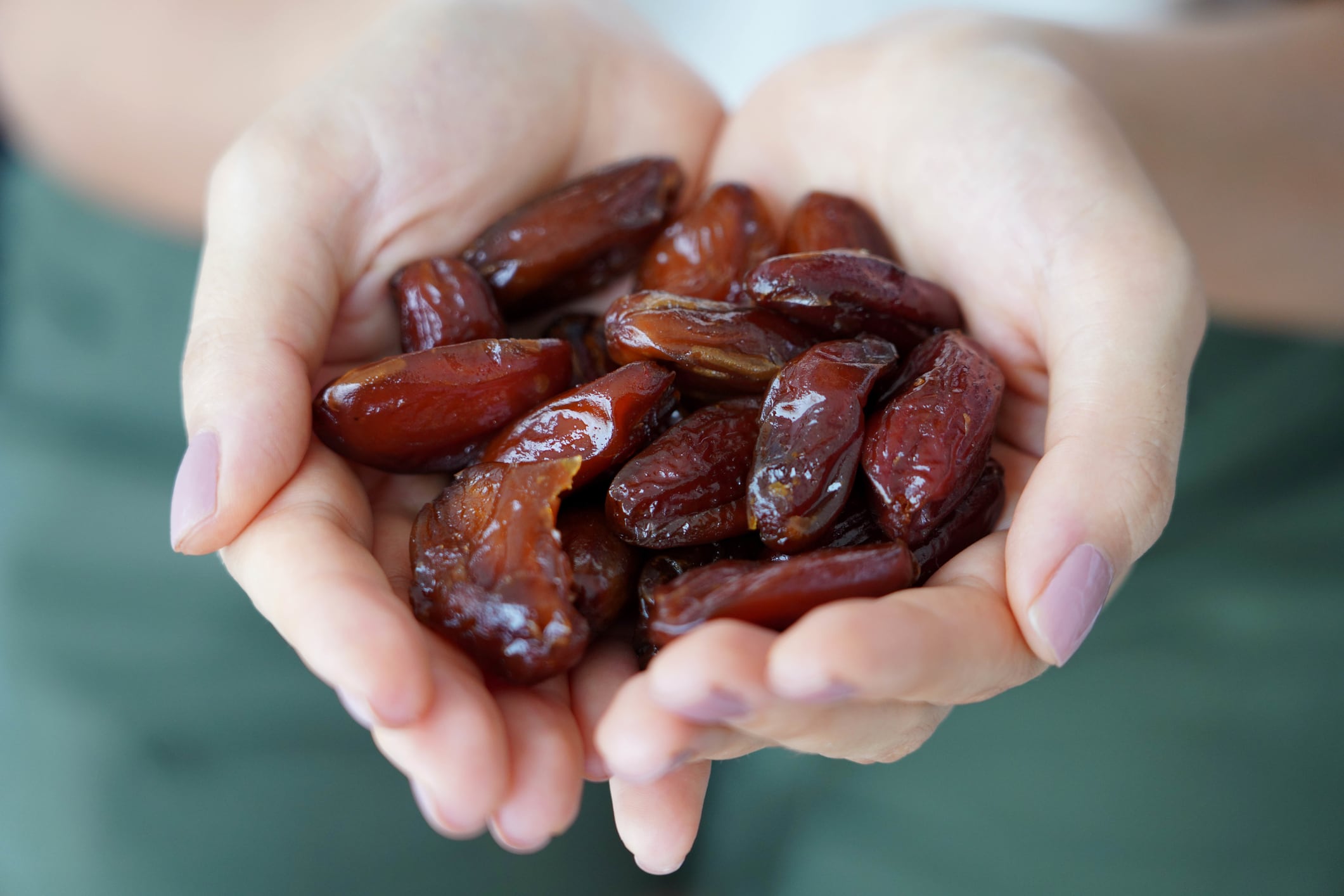
The date seeds are combined with a mycelium strain already used in the food industry for different purposes. A solid-state fermentation process follows, before the biomass is harvested. An additional process is then applied to attain the same aromatics as cocoa.
“We spent a lot of time on the characterisation of the mycelium strain,” explains Murtuza.
The timing and temperature of the fermentation impacts how the mycelium feedstock, in this case date seeds and two other unnamed food surplus ingredients, are broken down. This is where the taste of cocoa comes from, and it’s the stage responsible for developing the ‘feel-good factor’ compound, theobromine.
The final step is to process the biomass into powder below 20 microns in size to align with industry standard.
A one-to-one replacement for cocoa
The impact of Betta Choc on the chocolate industry could be significant. According to Murtuza, food manufacturers can use it as a one-to-one replacement for the real thing.
Born Maverick is already testing its ingredient with confectionery manufacturers. Although tight-lipped on specifics, Murtuza revealed one of the “major multinationals” was able to replace up to 70-80% of their cocoa in a confectionery product with Betta Choc, without adapting any part of the process.
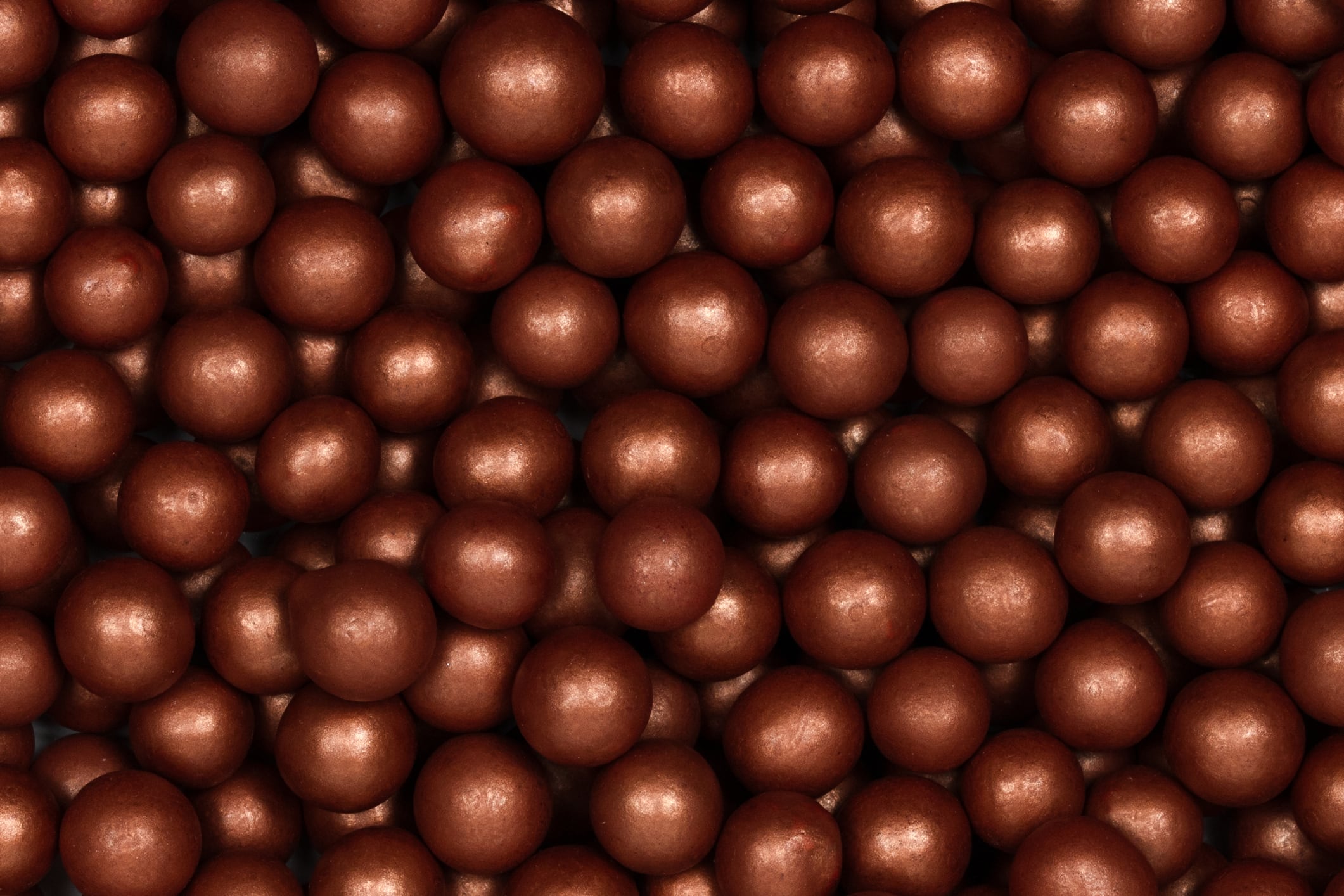
But confectionery isn’t Born Maverick’s only target category. Betta Choc works in enrobing (whereby a biscuit, nut or fruit is covered in a thin layer of chocolate), as well as in bakery. “We want to supply everyone from small bakers to big, premium producers. With Betta Choc, there’s no compromise in functionality.”
Cocoa prices will come down, then what?
Chocolate ingredient innovation is at an all-high high, as manufacturers grapple with low supply and high prices.
But Murtuza doesn’t expect this trend to continue. And if it doesn’t, times may be tough for some of the more expensive alternative cocoa suppliers.
“Cocoa yields are going to come back again, the prices will come down. Then what about the other cocoa alternatives?” If they’re not as good as conventional cocoa, or more expensive than the real thing, the future doesn’t look bright.
Born Maverick is laser-focused on achieving a competitive price point for its cocoa alternative. “We need to be competitive, and we need to match on quality so consumers don’t notice the difference.
“Manufacturers are feeling the pinch now, but you don’t want consumers to feel the pinch too – questioning what they’re tasting."
Can consumers be convinced that alt choc’s the way forward?
In an ideal scenario, consumers won’t notice any cocoa’s been substituted out for a cocoa alternative. Or better yet, the final product will taste even better than conventional chocolate.
So, do consumers need to be convinced that incorporating cocoa alternatives into chocolate products is the way forward?

Awareness around cocoa-free chocolate is low, says Murtuza. Perhaps persuading consumers isn’t the right approach, he suggests. “The only way you can convince consumers is by convincing manufacturers that it is better for them on the basis of economies of scale.”
Again, here, it comes down to price. With more and more consumers watching their spending, sustainability doesn’t always trump at the checkout. According to market analyst Mintel, most consumers are aware of sustainability, but very few think about sustainability when buying products. “That’s because companies have sustainable products that are inaccessible,” believes Murtuza. He’s confident that Better Choc won’t make that mistake.
Betta Choc’s path to commercialisation
Born Maverick is a small team, just one and a half people, according to Murtuza. And yet, the team has already developed the product to a stage where it can be tested by industry. The start-up is also in talks with major date producers, including one of the biggest date manufacturers in Saudi Arabia, to ensure secure supply of Betta Choc’s key ingredient.
Born Maverick has been completely bootstrapped by Murtuza, who feels he’s now ready to invite external investment. “I’ve done most of the research and validation for the product, now it’s about bringing on impact investors who share the same ethos.”
What is that ethos? Murtuza wants to partner with people who understand the global food crisis isn’t centred around a shortage of food, but around the accessibility of food. He doesn’t want to sell a product that’s significantly more expensive and less nutritious.
“I’m doing something better for the planet. I’m ensuring that Betta Choc is accessible to as many people as possible.”
Want to know more about the food tech?
Join a global community of innovators, investors, and industry leaders as they explore what's next in food tech at Future Food-Tech London 24-25 September 2025.
From cutting-edge start-ups to powerhouse FMCGs, hear firsthand how the future of food is being built - today.
The winner of the Global Food Tech Awards - EMEA heat will also be announced live on stage. Not one to miss!


